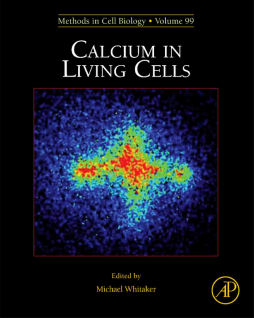
Additional Information
Book Details
Abstract
Every cell of the body is dependent on calcium to function. Calcium is found in teeth and bones, and calcium signalling is necessary for the movement of muscles and for the action of the heart and the intestines as well as blood coagulation. Calcium in Living Cells will update classic techniques in detecting microscopic levels of calcium ions (Ca2+) in living cells, as well as address new techniques in the field of calcium detection and calcium signaling. Such detection and measurement of intracellular calcium is important to researchers studying the heart, musculoskeletal, gastrointestinal, and immune systems, whose findings will aid in the advancement of drug and genomic therapies to treat heart, gastrointestinal, autoimmune, and infectious diseases.
- Gives researchers much needed information on how to study calcium in live cells, which is becoming increasingly important in heart, musculoskeletal, and immune system research
- Provides an overview of the latest methods--fluorescence resonance energy transfer (FRET), for example-- that are new to the field
- Allows understanding of how calcium plays a role in intracellular function at the cellular level, which has proved important in Alzheimer's research, heart disease, and areas of musculoskeletal research
- Updated chapters reflect advancements in the classic techniques used'preparing calcium buffers, vibrating the Ca2+ Electrode and confocal imaging
Praise for the first edition...
"This multiauthored book... provides theoretical and applied aspects of different established techniques for the measurement of [Ca2+]i at submicromolar concentration. Each chapter is organized, keeping in view the needs of a person working in the laboratory, by giving the detailed methodology required for the implementation of that particular technique, and all the chapters are well referenced...The book provides a pragmatic approach for the estimation of cytosolic [Ca2+]i and also provides a means for studying the spatial and temporal resolution of [Ca2+]i. The book achieves the stated goal in the preface, 'this material will be very useful to the investigator who wants to apply any of these methods to his or her research."
--RAMESH BHALLA, University of Iowa, Iowa City (published in MOLECULAR & CELLULAR NEUROSCIENCES)
